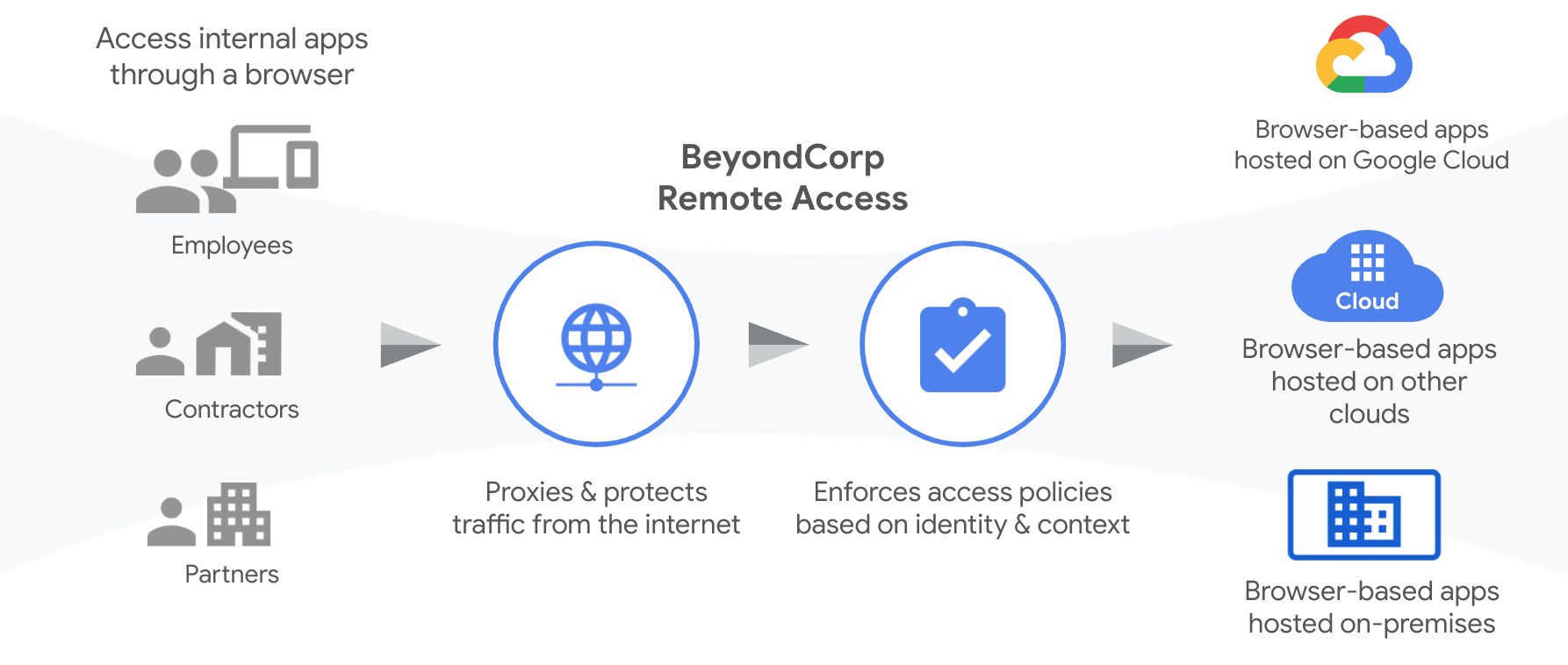

The secure perimeter approach assumes companies have trusted employees working on trusted networks behind layered defenses that keep threats at bay.

Google assessed that the traditional secure perimeter had become inherently unsecurable. The attack contributed to Google’s decision to withdraw from the China market and set in motion a top-down review of the company’s security and access control strategies. In Google’s case, the hackers’ targets were the Gmail accounts of human rights activists in China, Europe, and the United States. A threat actor with ties to China’s People’s Liberation Army launched a campaign targeting many western companies. Remote or on-premises, the BeyondCorp system authenticates and authorizes users’ access to Google resources.Ī 2009 cyber attack dubbed “ Operation Aurora” was the initial spark that drove Google to change its security model. Over the course of a decade, BeyondCorp evolved into a complete, secure access control system. By redefining the perimeter from the network to individual users, the company eliminated its traditional VPN-based approach to remote access. “BeyondCorp” is the umbrella term Google applied to its Zero Trust network architecture. Fortunately, although BeyondCorp was the first Zero Trust implementation and was built for Google’s scale, organizations have options that are easier to deploy and maintain. In this article, we will review why Google launched the BeyondCorp initiative, how its access control system works, and what limitations organizations considering BeyondCorp should take into account. In the years since, Google inspired a new consensus within the security community that Zero Trust is the new model for enterprise network security that organizations should strive for as a way to mitigate the risks and shortcomings of the traditional fixed perimeter security model. The BeyondCorp initiative was the first time a large enterprise had implemented modern Zero Trust concepts at scale. In 2014, Google revealed that it had begun a dramatic change in the way it secured and controlled access to its enterprise resources.


 0 kommentar(er)
0 kommentar(er)
